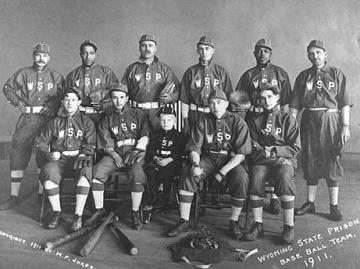Chapter 34:
Homeward Bound
The sun is setting in
Kenya, and it’s time for me and my new friends to begin our long journeys
homeward. Four of us, anyway. Marg and Barbara are off on another safari In Kenya.
 Jimmy, Greg’s friend and expediter who has helped make this safari run well, escorts us to a
restaurant and joins us. It’s not yet six o’clock, which means the
dinner menu isn’t available. That’s
fine with us and we opt for a light meal off the hors d’oeuvres menu.
Jimmy, Greg’s friend and expediter who has helped make this safari run well, escorts us to a
restaurant and joins us. It’s not yet six o’clock, which means the
dinner menu isn’t available. That’s
fine with us and we opt for a light meal off the hors d’oeuvres menu.
Greg reaches across the
table and takes my point and shoot camera.
He captures a photo of me that perfectly evokes everything I’m feeling—happy,
relaxed, and content. It’s been a great
trip.
 |
I've
changed out of the light blue sun shirt that a mischievous little
elephant had splashed with the muddy red water at the ellie orphanage,
and donned a green one.
|
The abundance of animals
and birds, the opportunities to observe animal behavior, perfect weather, good companions? What more could anyone ask?
 |
| I felt like this little lion cub, watching the wonders of the world. |
Jimmy makes sure we get
to the airport and then we are on our own. There’s a little concern that the airline
might weigh carry-on baggage, and Greg starts stuffing various heavy lenses and
camera gear in his vest pockets.
I’m fine. My carry-on is well within weight
allowances, as is my small suitcase.
 |
| I love traveling light. |
We board the plane for
Frankfurt. I sit back and daydream
about all the things I’ve seen and done.
 |
| A new one for me. This fellow is using his phone to place his order at McDonalds. |
Traveling with
photographers—the kind who take their craft seriously—has been an educational
experience. The photographers I’ve been
around are always willing to answer questions and give advice. It’s helped me immensely. I have a lot of wrinkles to iron out, but with
day after day of constant shooting, the mysteries of ISO, aperture, and shutter
speed are revealing their symbiotic nature.
Add to that the ability
to instantly see the results of my settings via digital photography, rather
than wait a couple weeks after I’m home and had film photos developed, I can
make corrections in the field and get the shots.
In Frankfurt, I board
Iceland Air, bound for Reykjavik, over Greenland, to Seattle, where I
overnight. This practice of mine allows
not only a break from the long hours in steerage, but means I can arrange to
arrive in Anchorage during daylight hours.
When I board the Alaska Airlines
jet the next day, I feel like I’m home already.
Just a little more than three hours and I land in Anchorage. Less than two hours later, I’m home.
 |
| In Anchorage. |
 |
| Now to download these memory cards, plus one more to make it an even twenty. |
This has been one of the
more rewarding trips I’ve made, and when Marg mentions going back in 2018, I’m
in. We plan on three different camps in
South Africa, and then back to the northern part of the Masai Mara in Kenya.
I have my new memory cards
all ready.
 |
| I miss my bed in my tent at Governor's Camp. At home, I have to make my own tea--and get out of bed to do it. No cookies, either. |






































